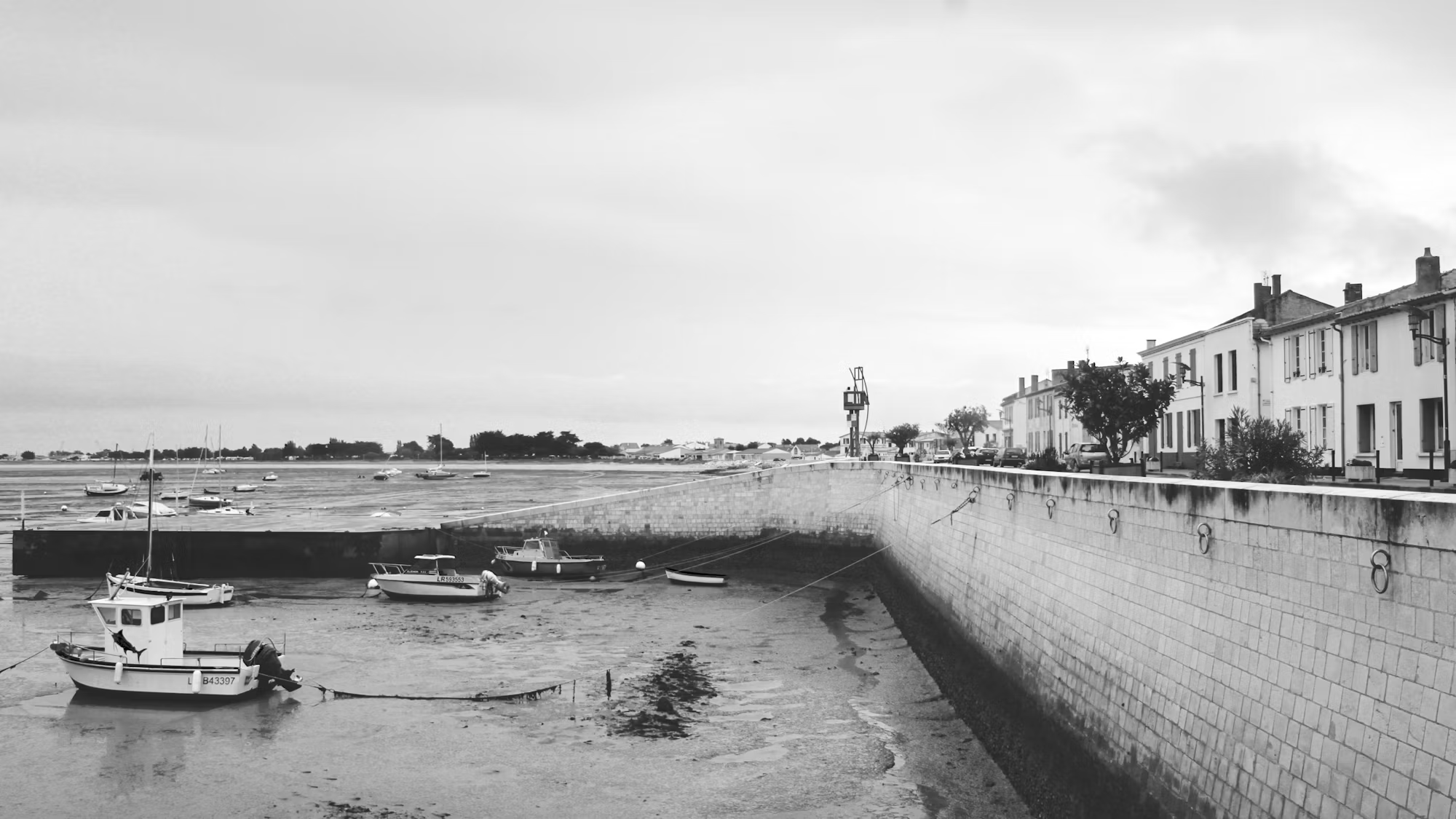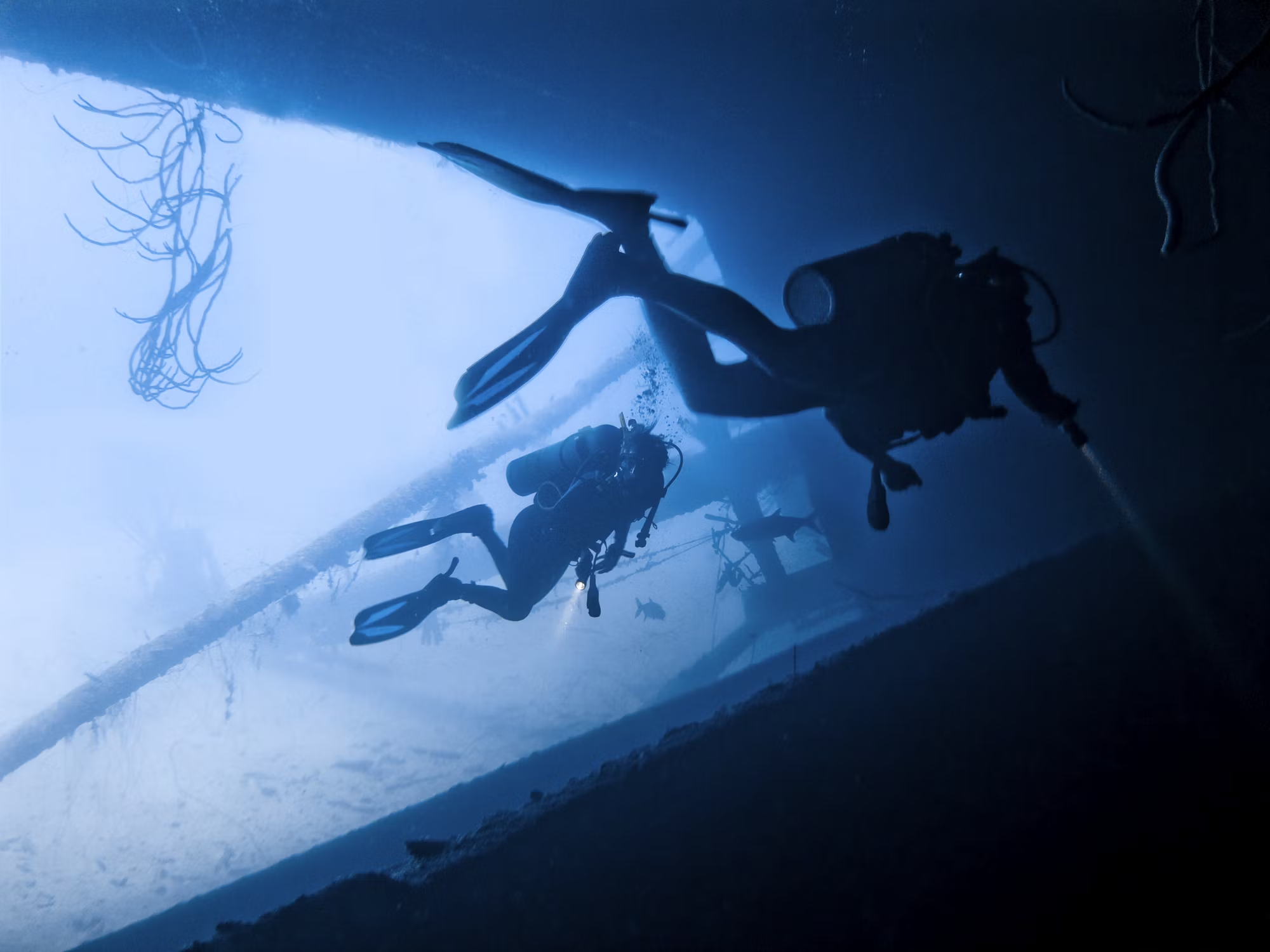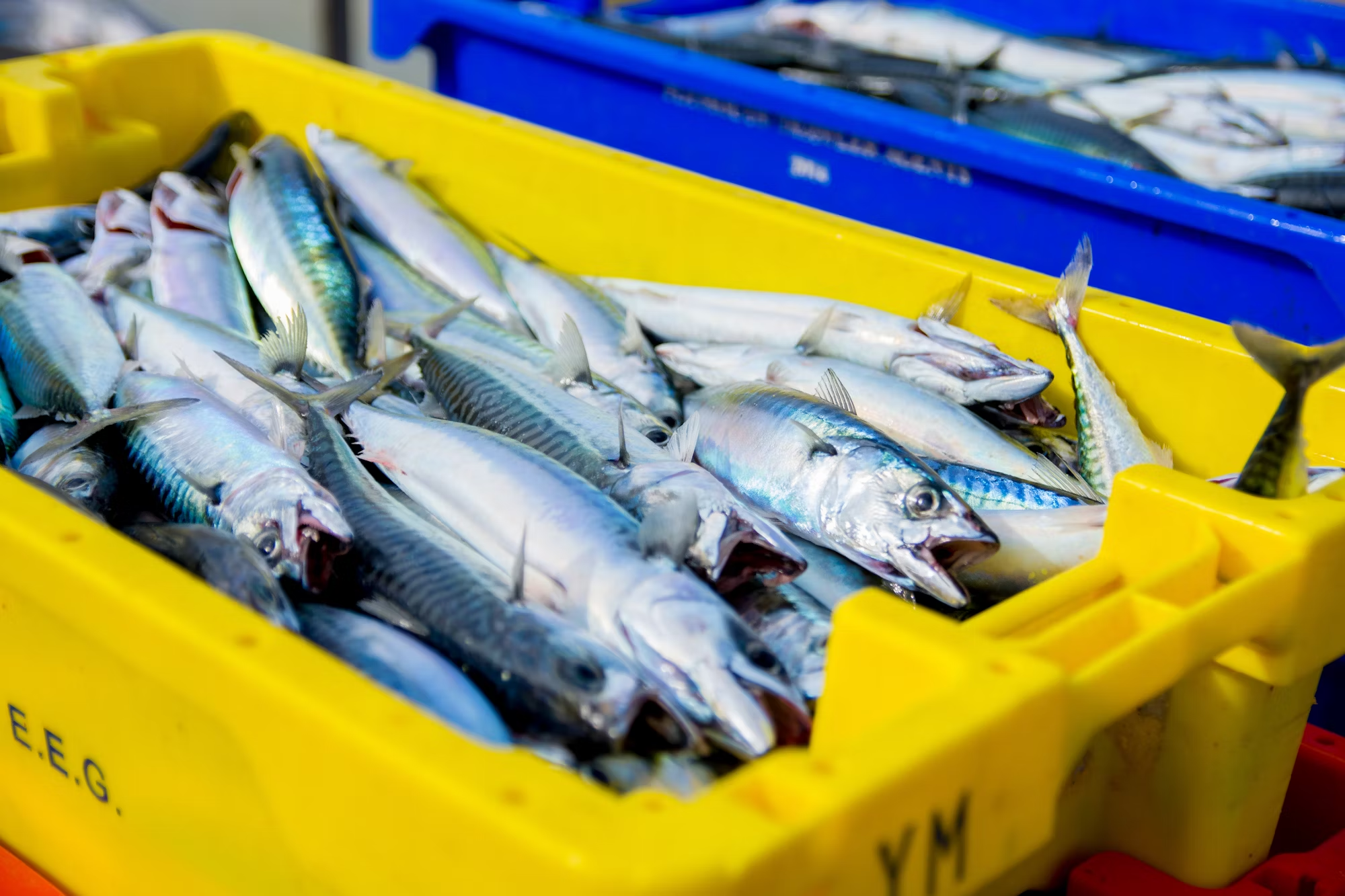Fishing is more than just a hobby; it’s a way to connect with nature, find peace, and enjoy the thrill of the catch. Whether you’re a beginner or a seasoned angler, understanding different fishing techniques can significantly enhance your fishing experience. This article explores various methods, including angling, net fishing, and specialized techniques like ice fishing and spearfishing, providing tips and insights to help you make the most of your time on the water.
1. Angling: The Core of Fishing
Spinning Fishing
Spinning fishing is a popular choice for many anglers due to its accessibility and versatility. This technique involves using a spinning rod and reel to cast lures or bait into the water, making it suitable for both freshwater and saltwater fishing.
Equipment: A spinning rod typically ranges from 6 to 7 feet and pairs well with a spinning reel. Anglers often use various lures, such as spinners, jigs, and crankbaits, to entice fish.
Tips: To improve your catch rate, experiment with different retrieval speeds and techniques. Observing the conditions of the water, such as clarity and temperature, can help you determine the best time and method to fish. Try to match the bait to the natural forage in the area for the best results.
Fly Fishing
Fly fishing is a unique and artful technique that demands skill and patience. This method uses a fly rod, reel, and a special line to cast lightweight artificial flies that resemble insects or baitfish.
Equipment: Fly rods are generally longer, ranging from 8 to 10 feet. A variety of flies, including dry flies, nymphs, and streamers, can be used depending on the target species and fishing conditions.
Tips: Mastering your casting technique is crucial in fly fishing. Techniques like the roll cast and double haul can significantly improve your performance. Always pay attention to the feeding habits of fish; matching the hatch with the right fly can make a substantial difference.
2. The Art of Net Fishing
Casting Nets
Casting nets are circular nets thrown into the water to catch baitfish or small species. This method requires a specific technique to throw the net effectively.
Equipment: A casting net typically ranges from 6 to 12 feet in diameter and features weights along the edges to ensure it sinks quickly.
Tips: Practice your throwing technique in an open area before trying it in water. Look for signs of fish activity, such as surface ripples, to increase your chances of success. A well-thrown net can significantly boost your catch.
Seine Nets
Seine nets are large nets dragged through the water to capture schools of fish. While primarily used in commercial fishing, they can also be employed recreationally.
Equipment: Seine nets vary in size and can be adjusted based on the fishing environment and target species.
Tips: Working in teams can make using a seine net more efficient. Coordination is key to successfully encircling fish. Always check local regulations regarding seine net usage to ensure compliance.
Traps and Pots
Fish traps and pots are devices used to capture crustaceans such as crabs and lobsters. These can be set in the water and left for hours, making them a convenient option for anglers.
Equipment: Crab pots and lobster traps come in various designs, usually including bait compartments to attract catch.
Tips: Clearly mark your traps to avoid losing them, and check local regulations to ensure you are using them legally and ethically.
3. Trawling: An Alternative Approach
Bottom Trawling
Bottom trawling involves dragging a large net along the ocean floor to catch a variety of marine species. While this method is more commonly used in commercial fishing, it can also be adapted for recreational use.
Equipment: This technique requires larger vessels equipped with specialized nets that can withstand the harsh ocean conditions.
Tips: Be mindful of the environmental impacts of bottom trawling. Research local regulations to ensure you practice sustainable fishing techniques.
Midwater Trawling
Midwater trawling is similar but targets pelagic fish by dragging nets through the water column. This method is particularly effective for species like mackerel and tuna.
Equipment: Midwater trawling requires robust nets and larger boats designed for open-water conditions.
Tips: Understanding fish behavior and migration patterns is crucial for successful midwater trawling. Monitoring factors like water temperature can help inform your fishing strategies.
4. The Excitement of Spearfishing
Free Diving
Free diving for fish is an exhilarating method that combines breath-holding skills with underwater hunting. Using a spear gun or pole spear, anglers can catch fish while swimming.
Equipment: Free diving requires minimal gear, typically a mask, snorkel, fins, and a spear gun.
Tips: Always prioritize safety by diving with a buddy. Practice your breath-holding techniques to improve your comfort and capability underwater. Understanding the local marine environment can help you find the best spots to dive.
Scuba Diving
Scuba diving expands the possibilities for anglers, allowing them to explore deeper waters while hunting fish. This method utilizes scuba gear for a more immersive experience.
Equipment: Essential scuba gear includes a tank, regulator, wetsuit, and speargun, all tailored to target specific fish species.
Tips: Before diving, familiarize yourself with local regulations regarding spearfishing. Proper maintenance of your scuba equipment is essential for a safe and effective fishing experience.
5. Ice Fishing: A Unique Experience
Ice fishing provides a distinct challenge, allowing anglers to fish through holes drilled in frozen lakes or ponds. This method requires specialized gear to stay warm and comfortable in cold conditions.
Equipment: Ice fishing rods are typically shorter and more sensitive, designed to detect subtle bites. Common baits include live minnows, jigs, or artificial lures.
Tips: Dress in layers and consider using portable shelters to protect against the cold. Always check ice thickness and follow safety guidelines to ensure an enjoyable fishing experience.
6. Handline Fishing and Jigging
Handline Fishing
Handline fishing is a straightforward method that involves using a single fishing line held in hand. This technique is accessible for anglers of all skill levels.
Equipment: Handlines can be made from various materials and are typically equipped with hooks and bait suited for the target species.
Tips: Patience is key in handline fishing; it often requires waiting for fish to bite. Observing water conditions can help you determine the best times to fish.
Jigging
Jigging involves using a jig lure, which is jerked up and down to attract fish. This technique is commonly used from a stationary position and can target a variety of species.
Equipment: Jigs come in various shapes, sizes, and colors, providing versatility in targeting different fish.
Tips: Experiment with different jigging rhythms and depths to discover what works best. Stay updated on local fishing reports to learn about effective jigging techniques in your area.
7. Trolling Techniques
Trolling is an active fishing method that involves dragging bait or lures behind a moving boat. This technique allows anglers to cover large areas of water effectively, increasing the chances of a successful catch.
Equipment: Trolling rods are typically longer and sturdier, often utilizing multiple lines set at different depths to attract fish.
Tips: Adjusting lure types, colors, and speeds can help you find what fish are most attracted to on any given day. Monitoring water temperature and currents is crucial for successful trolling.
8. Noodling: The Hands-On Approach
Noodling is a hands-on fishing technique that involves catching fish, particularly catfish, by hand in shallow waters. This adventurous method is unique and can be quite thrilling.
Equipment: Noodling generally requires no specialized gear, though many anglers prefer to wear gloves for protection.
Tips: Research local regulations regarding noodling, as this method may not be allowed everywhere. Understanding fish behavior and their hiding spots can significantly increase your chances of a successful catch.
Conclusion
The world of fishing offers a wide variety of techniques, each with its unique challenges and rewards. Whether you prefer the tranquil experience of fly fishing or the excitement of spearfishing, there’s something for everyone. By exploring these different methods and honing your skills, you can deepen your appreciation for the sport and create lasting memories on the water. Fishing is not just about the catch; it’s about the journey, the stories shared, and the connection with nature. Embrace the diversity of fishing techniques, and you will surely enjoy every moment spent by the water. Happy fishing!



